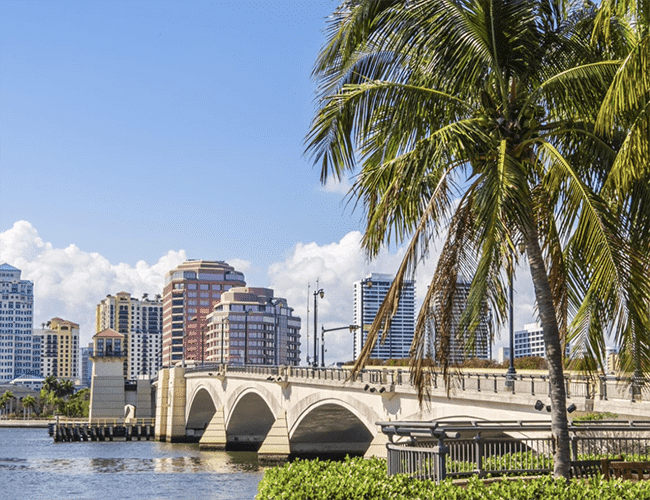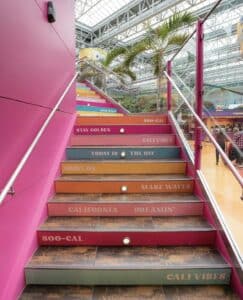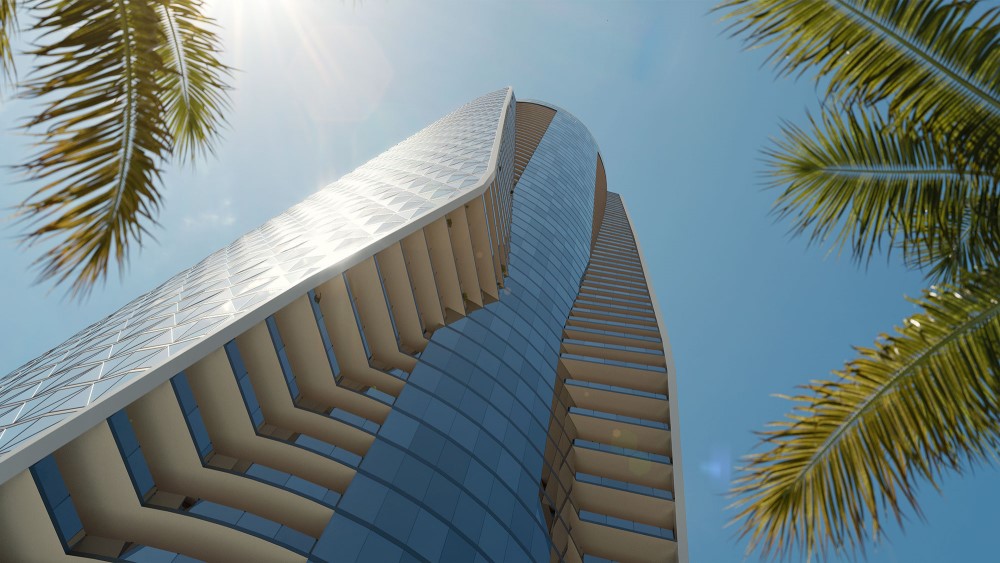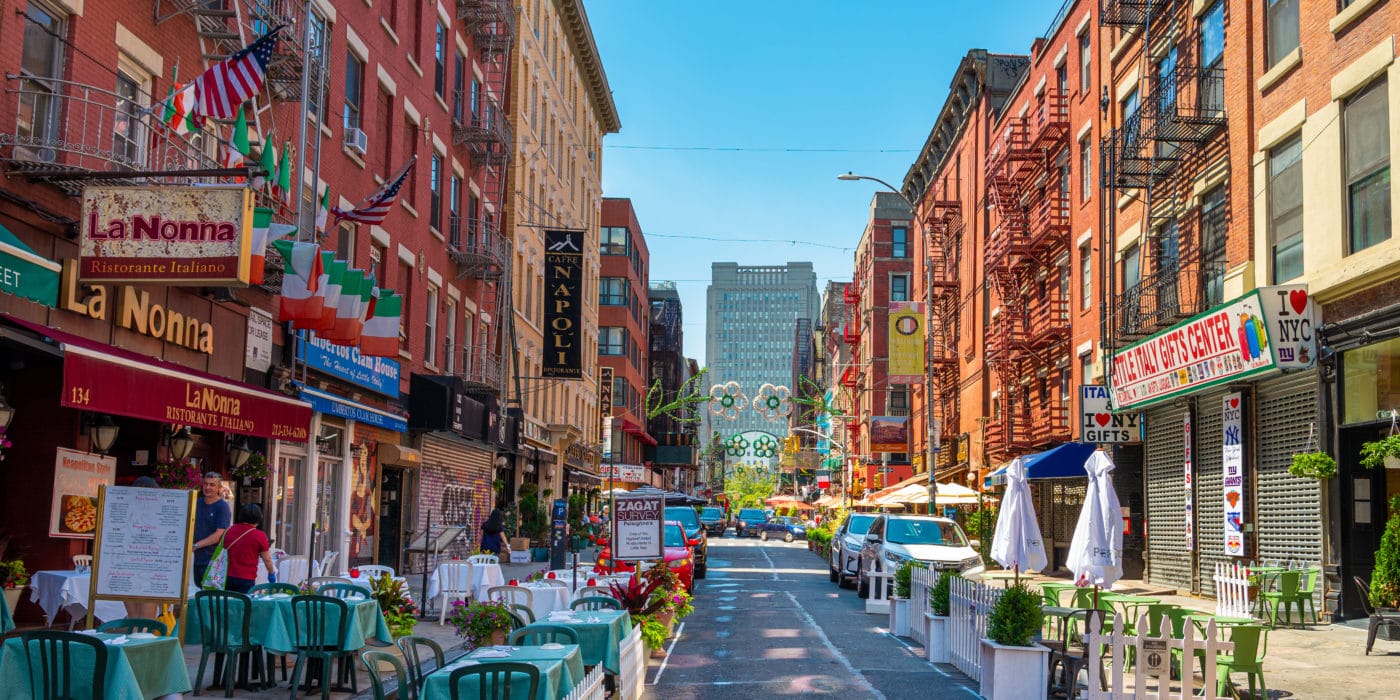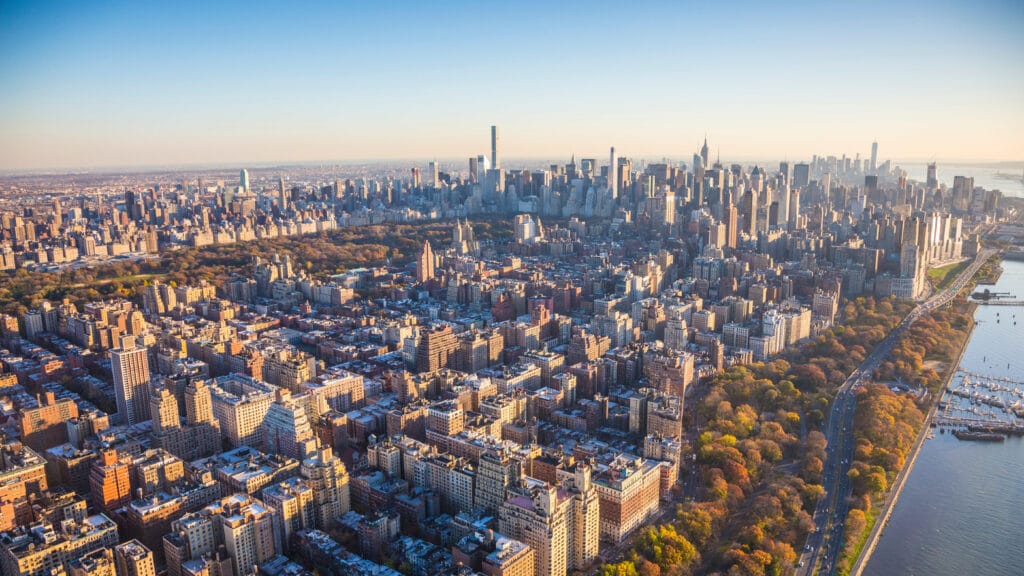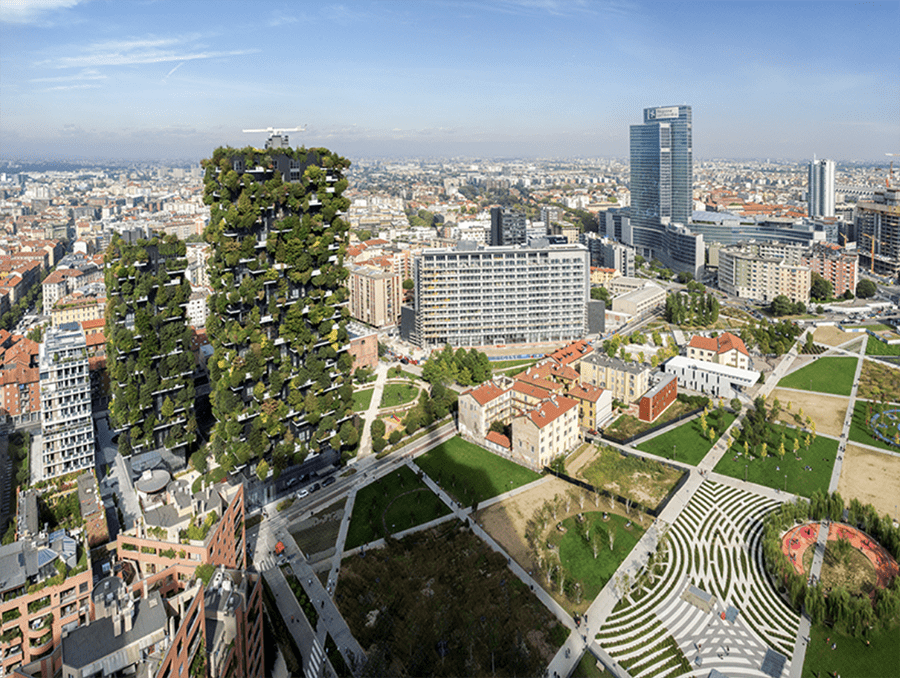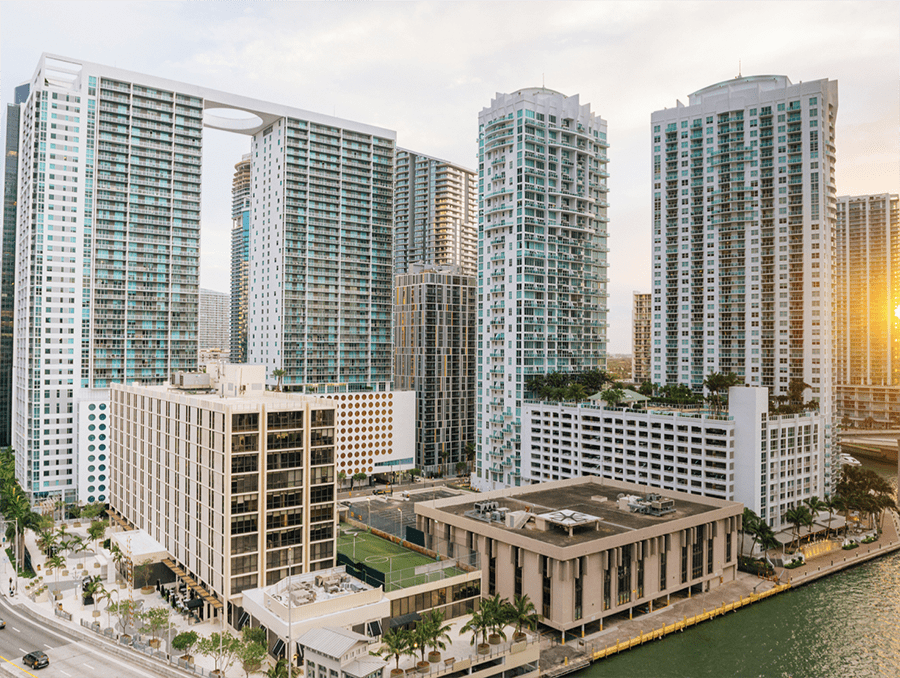Miami’s Short-Term Rental Condo Boom: A Paradigm Shift in Urban Living
Miami’s real estate landscape is undergoing a profound transformation, driven by a surge in short-term rental condos that are reshaping the dynamics of urban living across Downtown Miami, Brickell, Edgewater, and beyond. According to a report by the South Florida real estate firm ISG World, a staggering 8,467 short-term rental condos are planned across 26 projects in these areas, constituting a significant portion of the region’s development pipeline.
The rapid growth of short-term rental projects can be attributed to various factors, including economic and political uncertainty in Latin America. Craig Studnicky, CEO of ISG World, notes that developers are capitalizing on the influx of foreign buyers seeking to invest capital outside their borders, particularly amid volatile conditions in their home countries. With international buyers accounting for nearly half of home purchases in South Florida, these projects serve as attractive investment opportunities for individuals looking to diversify their portfolios. Studnicky highlights the exponential growth of short-term rental units in Miami-Dade and Broward counties, with developers seizing the opportunity to cater to the rising demand for flexible accommodation options. This surge in development underscores a “carpe diem” moment for developers, who have capitalized on the convergence of favorable market conditions to meet the evolving needs of residents and investors alike. Alicia Cervera, Chairman of Cervera Real Estate, emphasizes the increasing interest from American buyers in these projects, citing the affordability and flexibility offered by short-term rental condos compared to traditional housing options. With Miami’s population and property prices on the rise, there is a growing demand for smaller, more affordable housing solutions, making short-term rentals an attractive proposition for urban dwellers. Indeed, short-term rental condos are filling a void in the market by providing transitional homes for new arrivals to Miami, as well as serving as investment vehicles for those seeking to monetize their properties. With a wide range of amenities catering to both residents and travelers, these units offer a blend of convenience and luxury in prime urban locations.
Developers are responding to this demand by proposing a diverse array of projects with varying degrees of rental restrictions, catering to different preferences and investment strategies. From fully furnished turn-key residences to condo-hotels with limited occupancy rules, these developments offer options tailored to the needs of various buyers. One notable project, 600 Miami Worldcenter, has sold out its fully furnished units ahead of groundbreaking, underscoring the heightened demand for such offerings in prime locations like Downtown Miami. Similarly, the expansion of the Natiivo concept to Broward County reflects the broader trend of extending the reach of short-term rental condos beyond Miami’s borders.
While there may be some fluctuations in market demand, Studnicky remains optimistic about the future of these projects, citing the resilience of Latin American buyers and the allure of pre-construction investments. With interest rates becoming more favorable and construction financing more accessible, developers are poised to break ground on numerous projects, further reshaping Miami’s skyline and urban landscape. In conclusion, the proliferation of short-term rental condos represents a paradigm shift in Miami’s real estate market, offering investors, residents, and travelers alike a new way to experience urban living in one of the nation’s most dynamic cities. As these projects continue to evolve and expand, they are not only reshaping the physical landscape but also redefining the very essence of urban life in Miami.
Source: Bisnow
